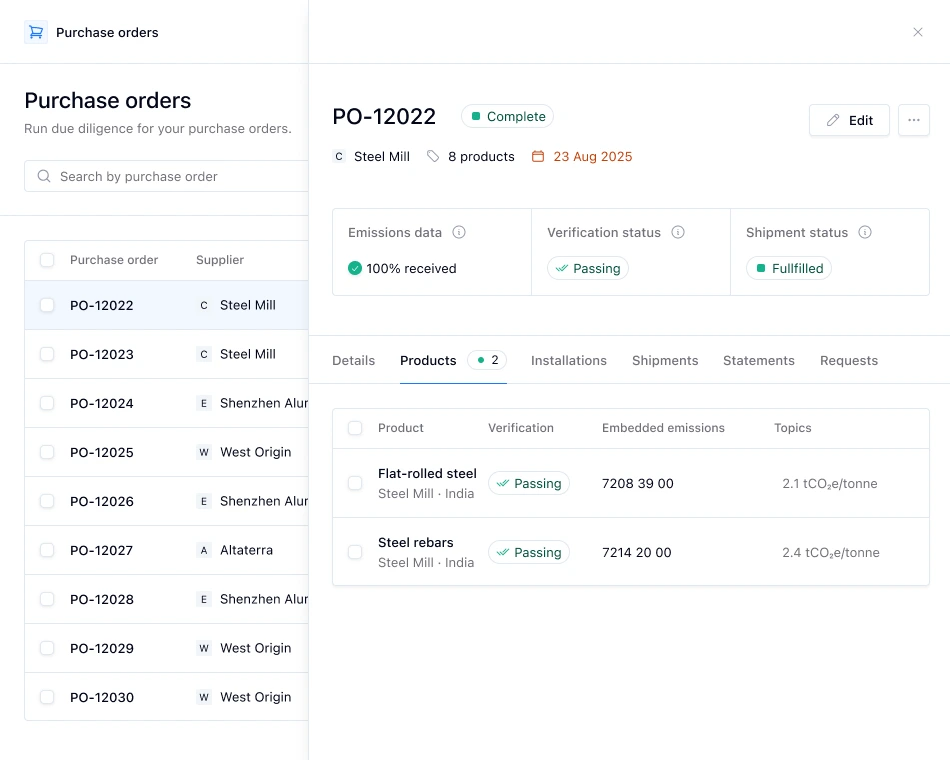The Carbon Border Adjustment Mechanism (CBAM) is a new European policy that puts a carbon price on certain imported goods based on their embedded emissions. While it aims to create a level playing field and reduce carbon leakage, it also creates new operational challenges for regulated companies.
To reduce friction, many importers are adopting CBAM compliance software. These tools help identify in-scope imports, automate supplier data collection, manage submission workflows, and generate audit-ready reports.
This guide compares the top CBAM compliance tools for 2025 and includes decision criteria to help businesses choose the right platform. The tools featured here are:
CBAM compliance software is a digital solution designed to help companies manage the full lifecycle of their CBAM obligations. Think scoping imports, gathering supplier emissions data, calculating embedded carbon, compiling reports, enabling audit traceability, and preparing for verification or CBAM certificate submissions.
CBAM compliance software helps companies meet EU reporting requirements efficiently, avoid penalties, and stay aligned with evolving regulations, without relying on error-prone manual processes.
The EU requires reporting of product-level embedded emissions, linked to the exact production facility, using approved MRR methodologies.
CBAM software structures this data correctly and automates calculations. This reduces the risk of delays, mistakes, or fines, ranging from €10–50 per excess tonne during the transitional phase, to €100 per tonne starting 2026.
Importers must collect installation-level emissions data from non-EU suppliers, often unfamiliar with EU formats.
CBAM software platforms offer supplier-friendly templates and structured workflows.
This helps importers collect accurate data, stay on top of gaps, and reduce back-and-forth.
CBAM requires quarterly reporting between 1 October 2023 and 31 December 2025, and annual declarations from January 2026, with the first due by 31 May 2027.
Because compliance involves multiple departments (procurement, sustainability, customs, and finance) CBAM software helps by centralizing reporting tasks, assigning clear ownership, and tracking deadlines, so nothing slips through the cracks.
From January 2026, CBAM reports must be independently verified, making a well-documented emissions calculation trail crucial.
CBAM software helps by storing calculation logic, supplier records, and documentation in one place, so you’re always prepared for audits or pre-verification checks.
Now, let’s take a look at some of the best CBAM compliance tools currently out there:
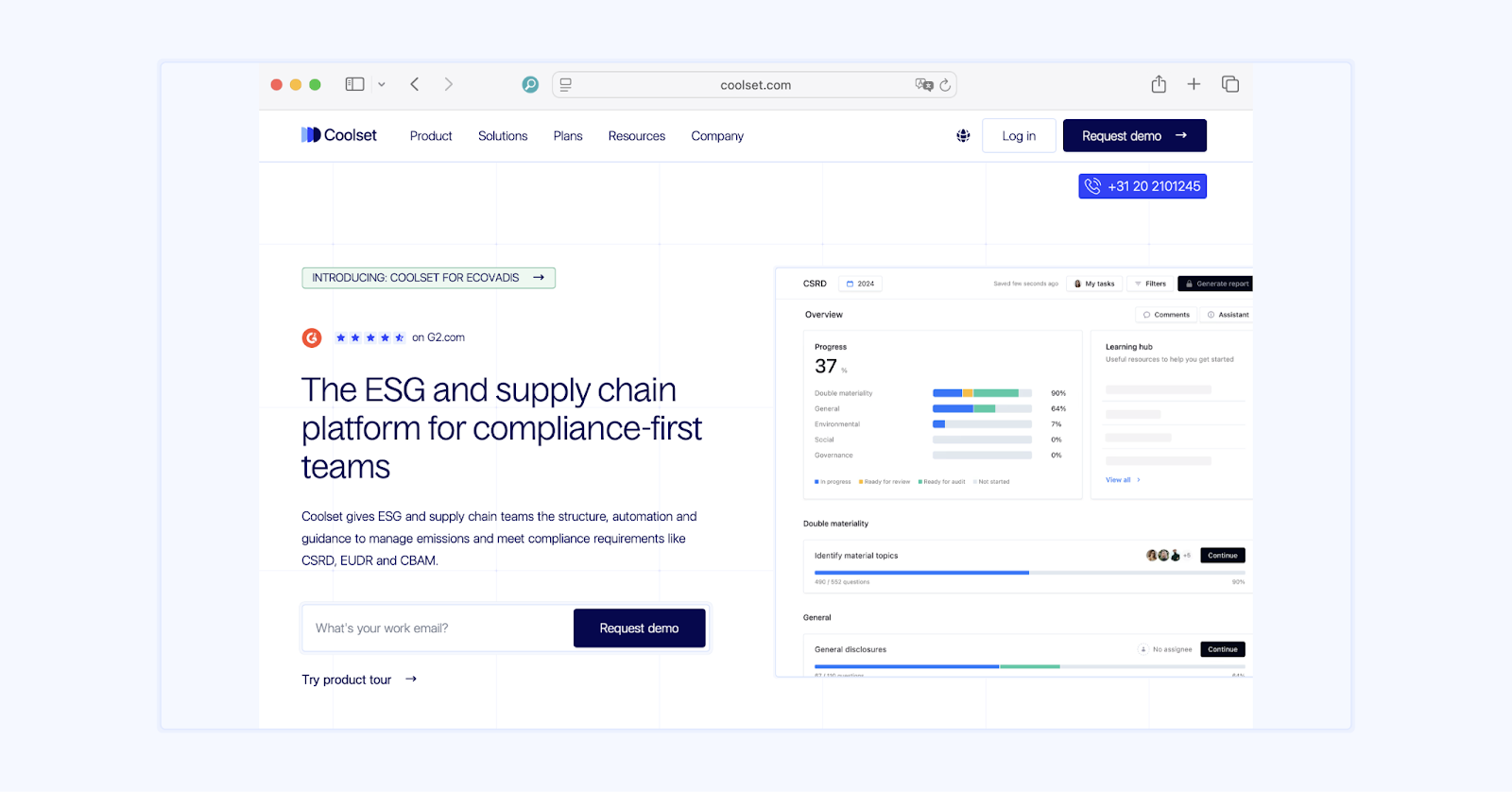
Coolset is a mid‑market ESG and supply chain compliance platform built around structured CBAM workflows. Its new CBAM module (coming soon) guides importers through the entire CBAM process, from scoping covered products and collecting supplier emissions data, to generating audit‑ready CBAM reports.
Website: www.coolset.com
Ideal use case:
Mid‑market companies and importers that want a turnkey, guided solution to meet CBAM requirements without heavy customization.
Standout features:
Limitations:
Detailed cost structure requires direct inquiry
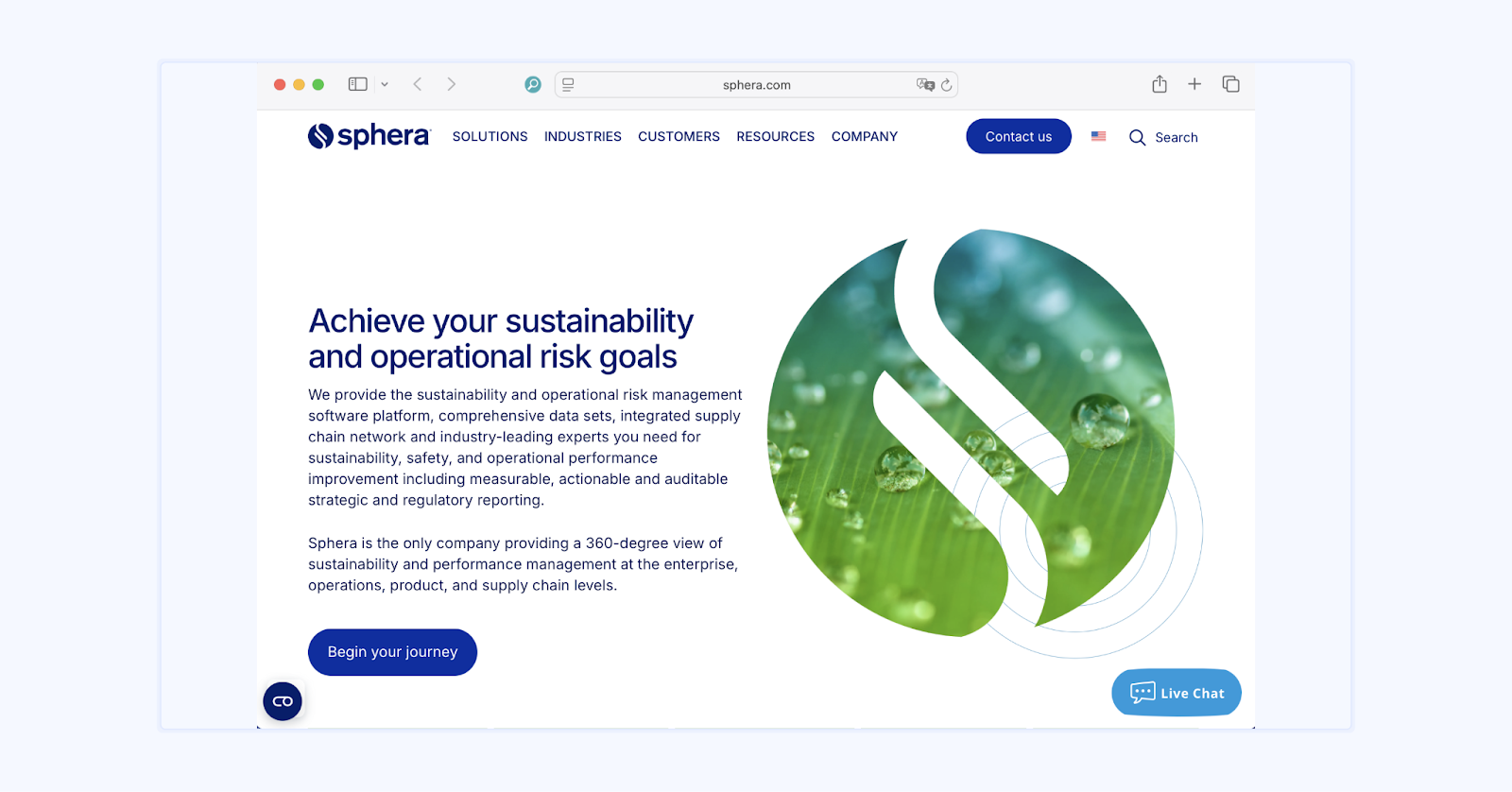
Sphera provides enterprise-grade software and consulting for CBAM compliance, embedded within its broader supply chain transparency and sustainability platform. The solution supports every stage, from import scoping and supplier emissions gathering to automated CBAM calculations and regulatory-ready reporting
Website: www.sphera.com
Ideal use case:
Large organizations and regulated enterprises with complex global operations and multiple compliance streams needing robust CBAM support.
Standout features:
Limitations:
Enterprise-scale system meaning potentially high cost and resource demands
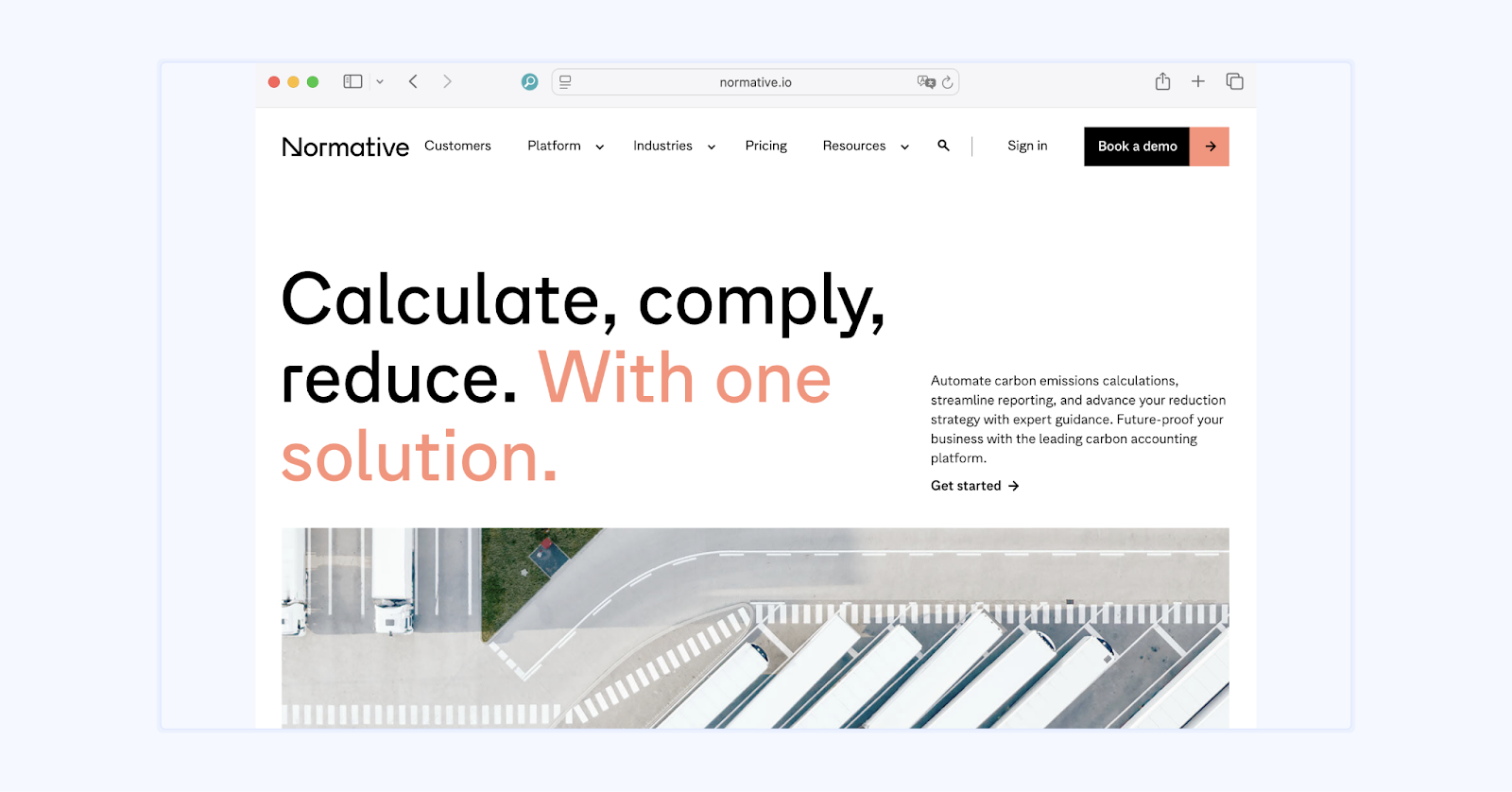
Normative is a carbon accounting platform that offers CBAM-specific reporting and compliance planning features. It combines robust emissions modeling (Scopes 1, 2, and 3) with expert support to help importers meet CBAM requirements during transitional and definitive phases.
Website: www.normative.io
Ideal use case:
Organizations needing advanced Scope 3 modeling, supplier engagement tools, and CBAM reporting guidance backed by consultancy expertise.
Standout features:
Limitations:
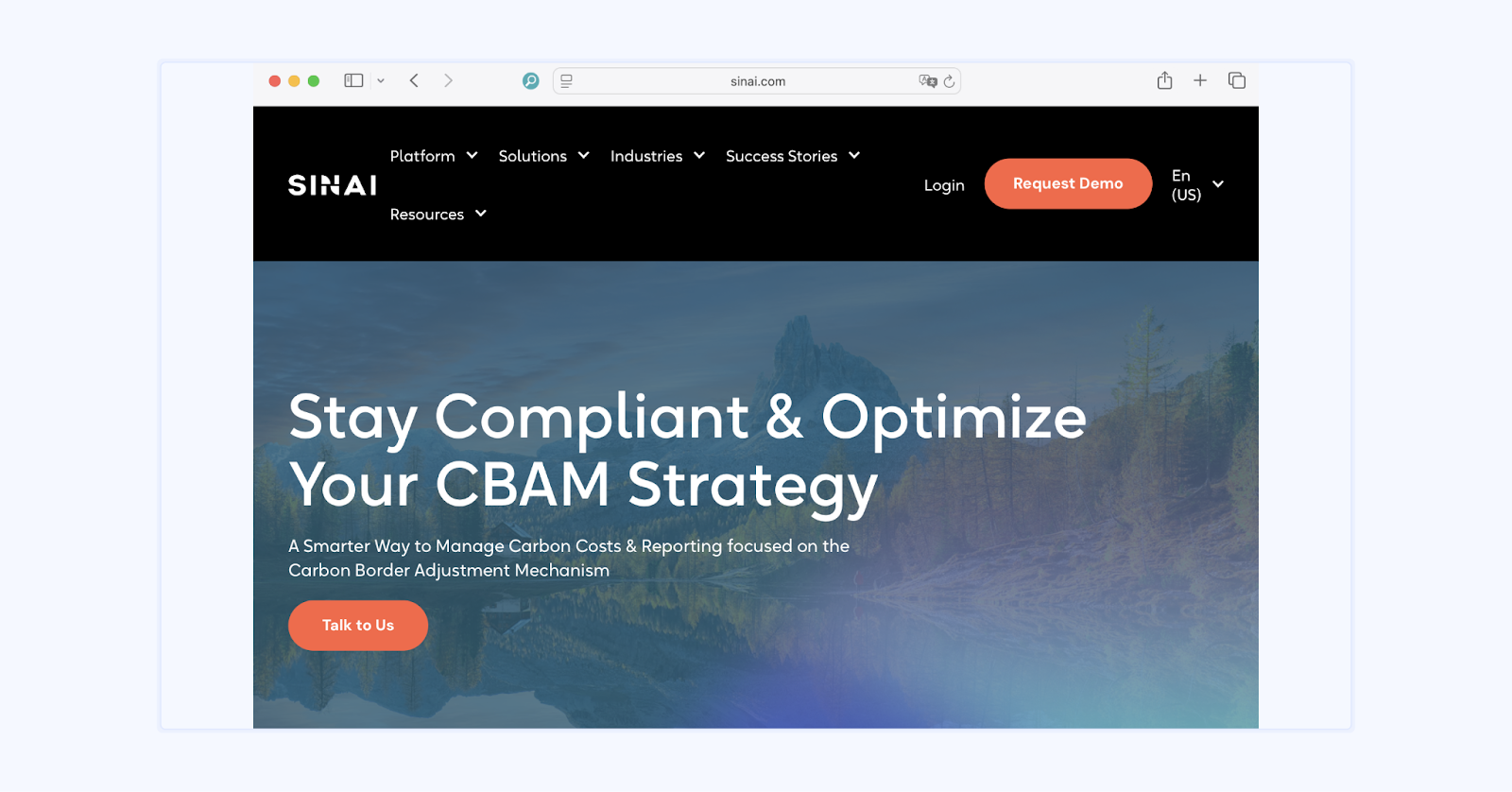
Sinai is an integrated ESG and decarbonization platform that supports compliance with key regulatory frameworks like CBAM. Offering automated carbon accounting, auditable reporting, and decarbonization pathways, it targets importers needing integration between CBAM readiness and broader corporate climate strategy.
Website: www.sinai.com
Ideal use case:
Importers and enterprises wanting a CBAM-capable platform that also supports strategic decarbonization, scenario modeling, and AI-powered insights.
Standout features:
Limitations:
Less focused on CN code integration or customs-level reporting mechanics
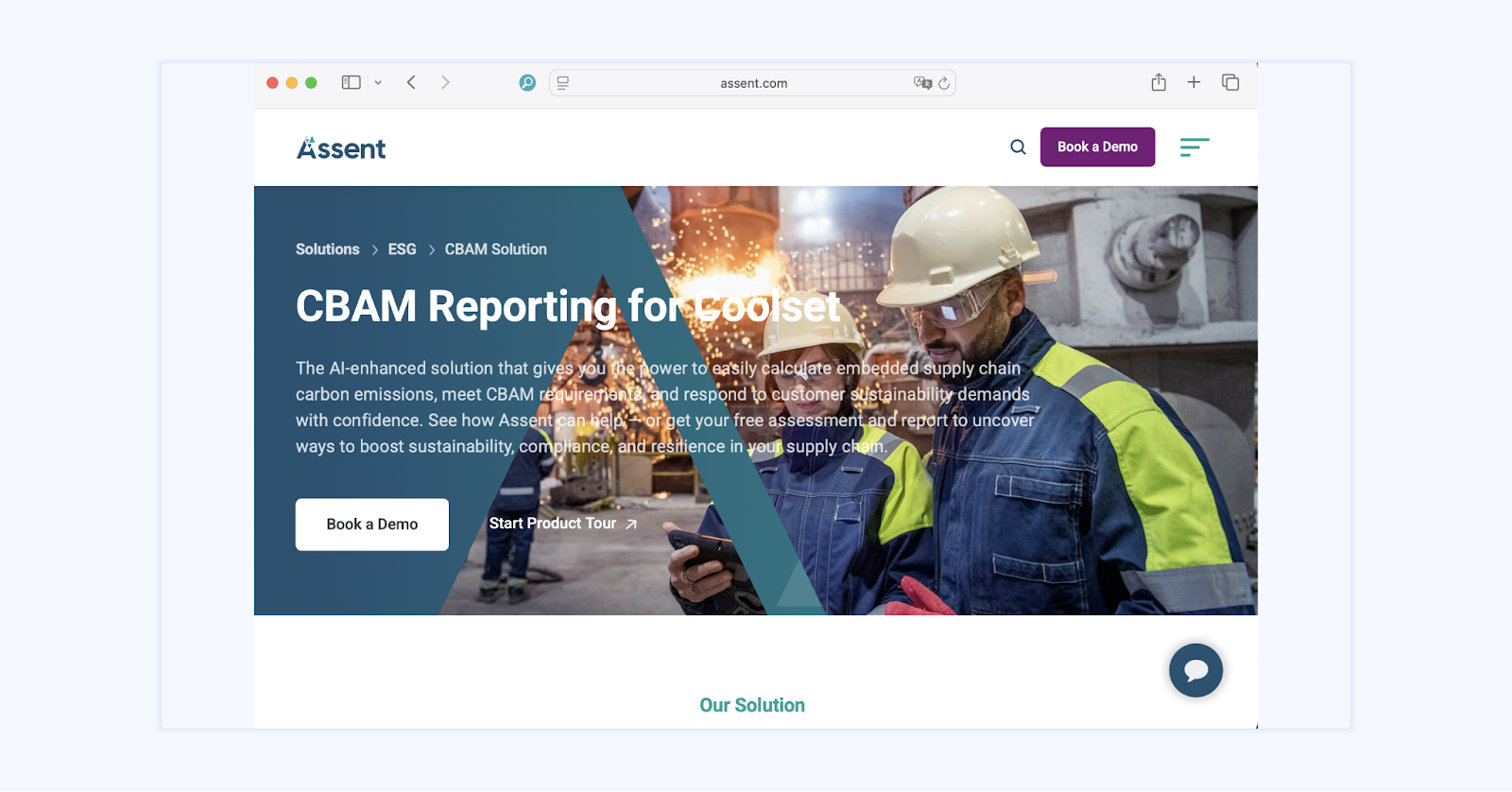
Assent has launched a purpose-built CBAM compliance solution for manufacturers and importers facing the EU’s embedded emissions reporting requirements. Their platform combines AI-driven supplier engagement, expert regulatory guidance, and an in-product carbon calculator to ensure CBAM readiness and data traceability.
Website: www.assent.com
Ideal use case:
Complex manufacturers and importers working across multi-tiered global supply chains who need to collect verified primary emissions data and align with CBAM methodology — without relying solely on spreadsheets.
Standout features:
Limitations:
The platform is particularly suited for larger manufacturers. Smaller importers may find the solution more expansive or costly than needed.
To choose the right CBAM compliance software for your business, you need a tool that not only meets current EU requirements but also scales with evolving regulations. It also needs to support your supply chain complexity, and fit into your team’s existing workflows.
Here are some key decision criteria to look out for:
Make sure the platform can handle both direct, indirect, and in the future, indirect value chain emissions where relevant. It should use EU-aligned methods like activity-based or mass-balance approaches for accurate product-level emissions calculations.
Look for tools that streamline supplier outreach with structured templates, multilingual forms, and CSV/API integrations. Supplier-friendly features are must-haves when it comes to collecting verified installation-level data across borders.
Your software should keep up to date with CBAM’s evolving requirements, like transitional phase allowances, default value limits, indirect emissions treatment, and the switch to verified annual declarations from 2026.
If your company operates across jurisdictions, you’ll need a tool that consolidates CBAM obligations across entities, while respecting country-level and entity-level differences in import flows, customs codes, and reporting structures.
Choose a platform that’s built for cross-functional use, with intuitive interfaces and automation for sustainability, compliance, procurement, and finance teams. Look for customizable dashboards, alerts, and audit-ready data trails.
Coolset’s new CBAM module (coming soon) helps compliance-first teams manage CBAM with structure, automation, and built-in logic, removing the manual burden of spreadsheets and scattered workflows.
Built for CBAM compliance, it helps businesses:
Join the waitlist today to be first in line when it launches.
Before you lock in a CBAM software solution, make sure to ask these key questions to check it’s actually built for the job.
Updated on March 24, 2025 - This article reflects the latest EU Omnibus regulatory changes and is accurate as of March 24, 2025. Its content has been reviewed to provide the most up-to-date guidance on ESG reporting in Europe.
Updated on July 25, 2025 - This article references a previous version of the EUDR country risk benchmarking system. On July 9, the European Parliament rejected the proposed classification. We are actively monitoring the latest developments. For the most up-to-date guidance, read our updated article on the EUDR benchmarking vote. In the meantime, assume full due diligence applies across all regions.
Map your imports, collect emission data from suppliers and calculate total volumes in one intuitive platform.
